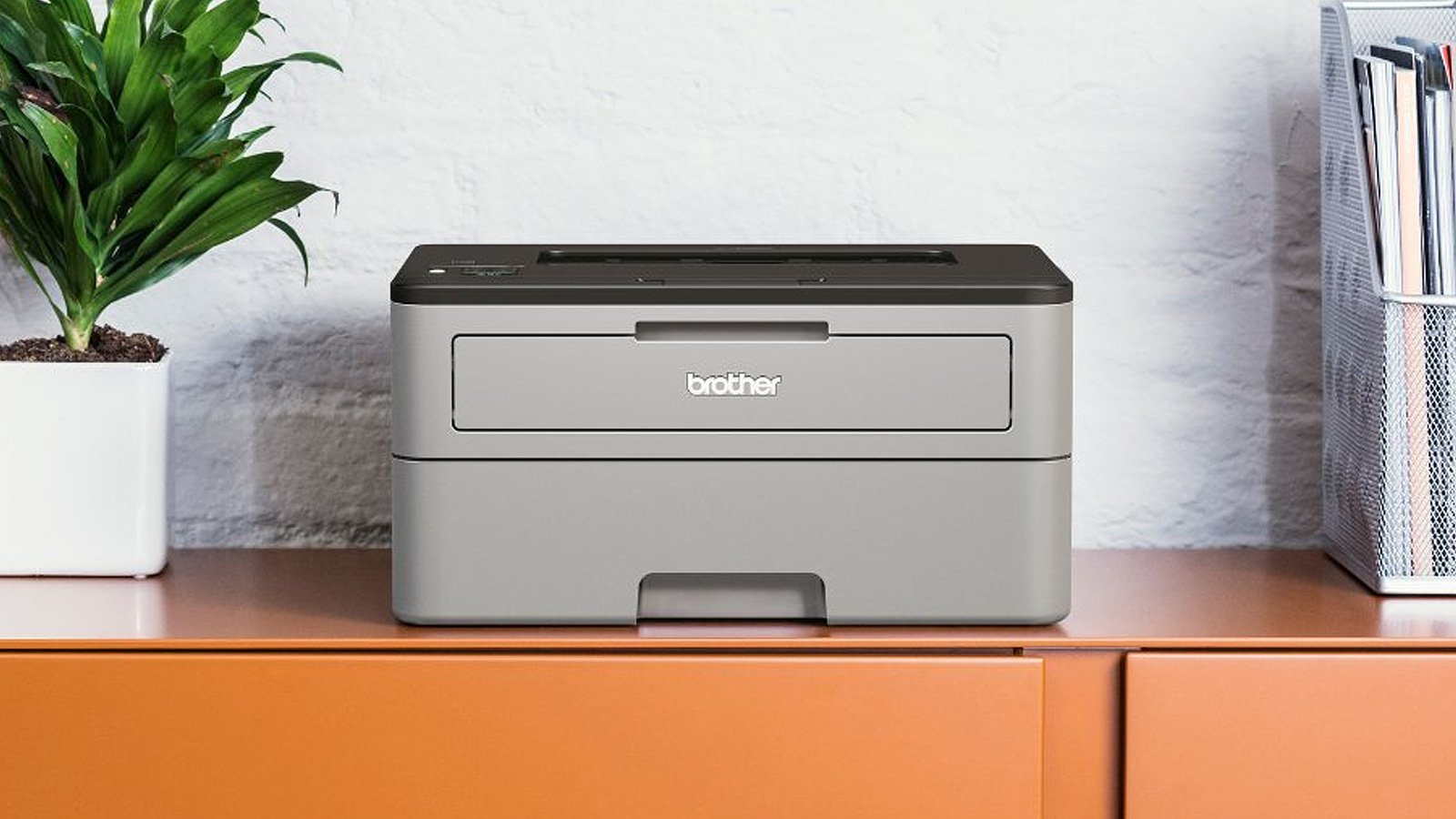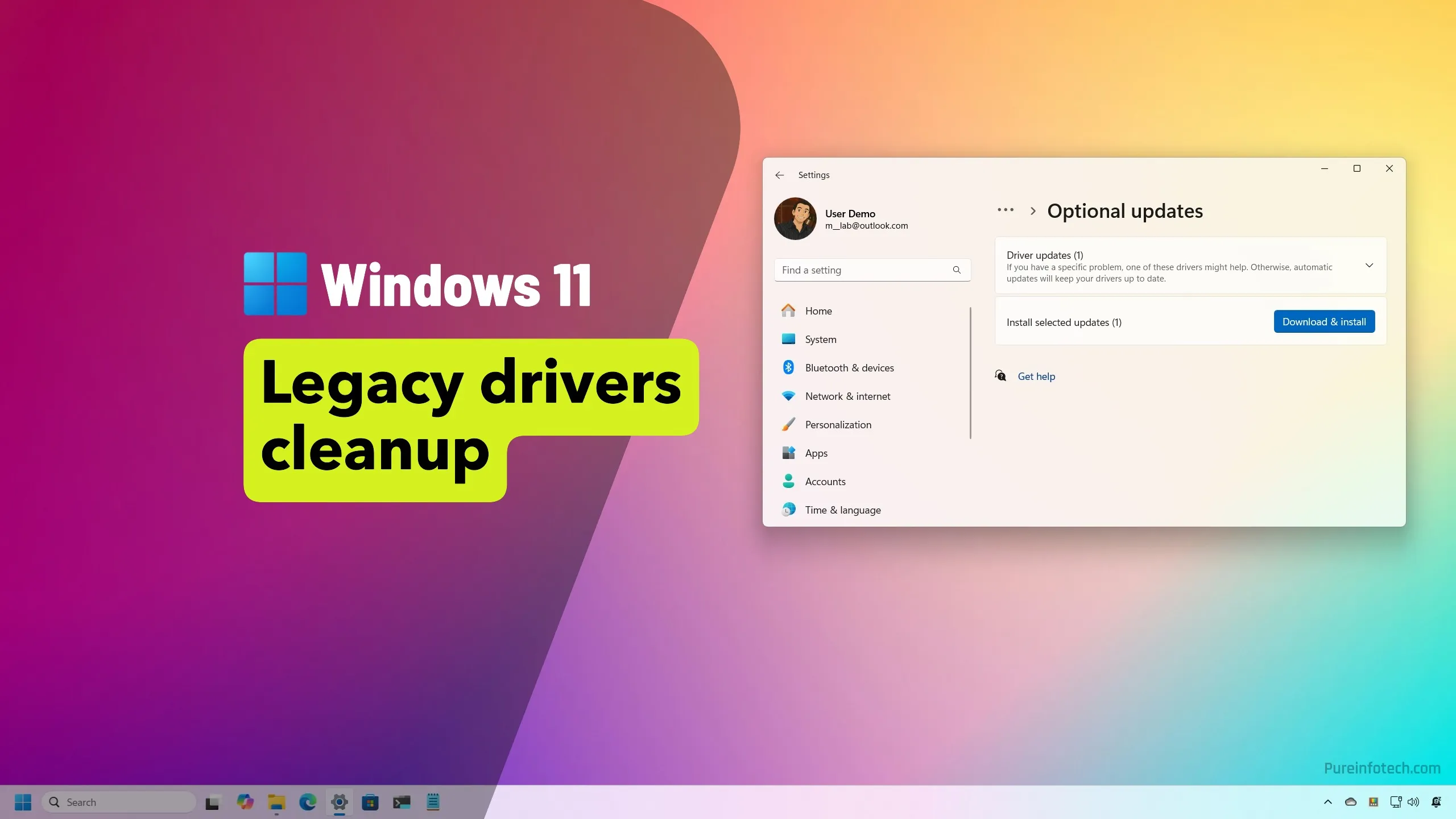
According to cybersecurity expert Joseph Steinberg, these scams aren’t new and persist because they work. “They’re great scams from the perspective of the scammer,” Steinberg says. “There are two things going on in the scammer’s favor. If I send out enough emails, especially during holiday time, I am essentially guaranteed that somebody who’s getting it is going to have just spoken with UPS or FedEx or had some issue with it. So for them, it’s going to look real.”
Steinberg says the odds of the recipient clicking something are high if a scam email makes it through the spam filter. There’s also a certain sense of legitimacy that comes with this scam because people are used to experiencing issues with their packages. “If I get an email from my bank saying, ‘Hey, we want you to reset your password,’ people have been trained that that’s suspicious,” Steinberg says.
The urgent tone in these emails and texts is intentional and preys upon people’s tendency to panic. “They want to elicit an emotion so that you don’t think, you react,” cybersecurity expert Anthony Mongeluzo, president of PCS, tells CR.
Delicia Reynolds Hand, senior director of CR’s Digital Marketplace, says delivery scams are particularly effective because they tap into our normal routines and expectations. “When consumers receive a message about a package—especially one they might be waiting for—their instinct is to click or respond immediately,” Reynolds Hand says. “But that moment of urgency is exactly what scammers are counting on. Taking even a 30-second pause to verify the message through official channels like the carrier’s app can be the difference between security and compromised personal information.”
Source link











